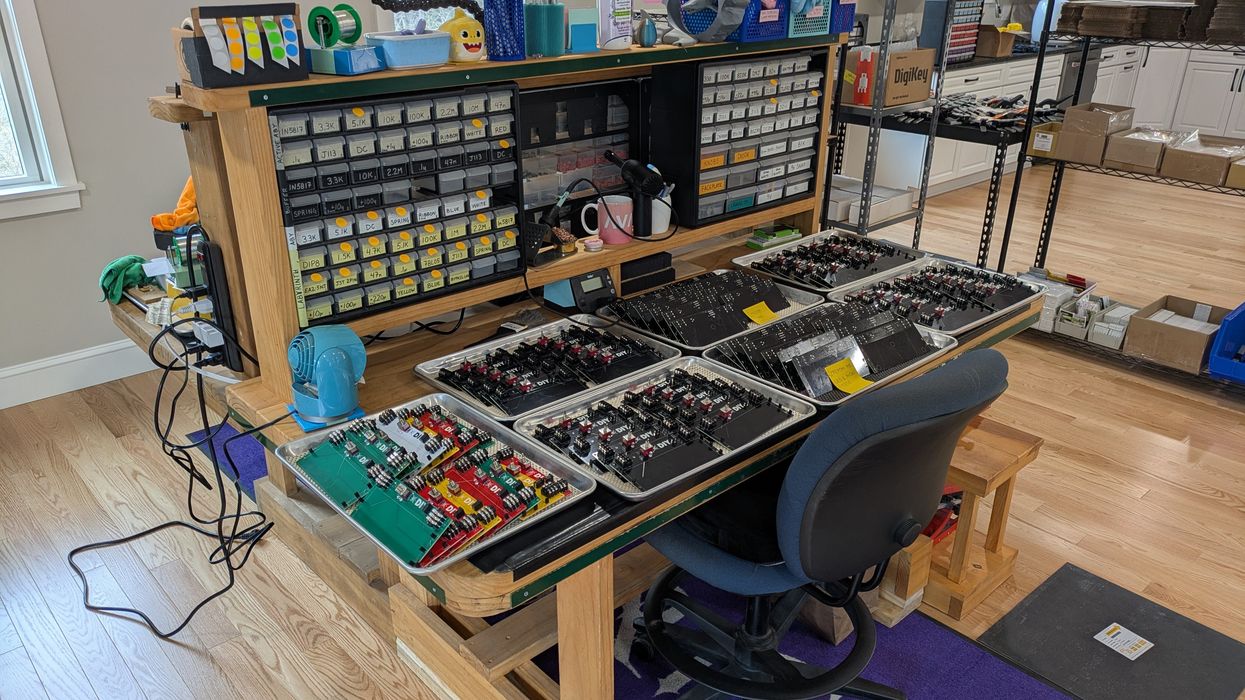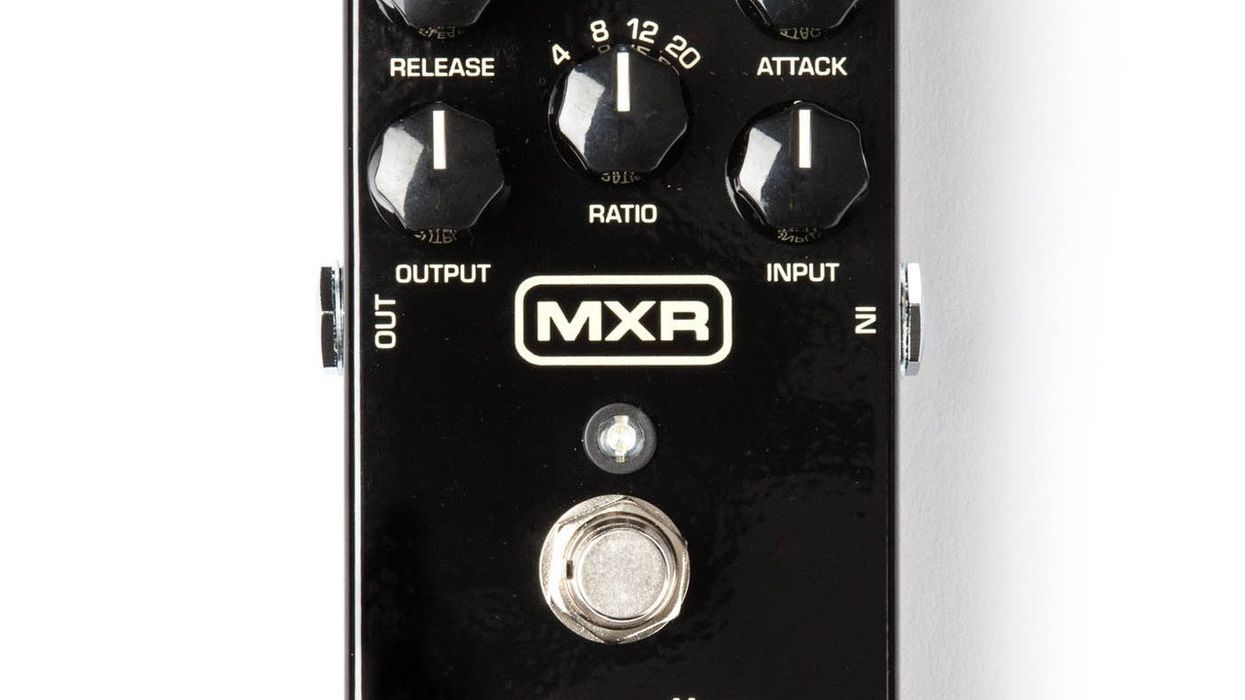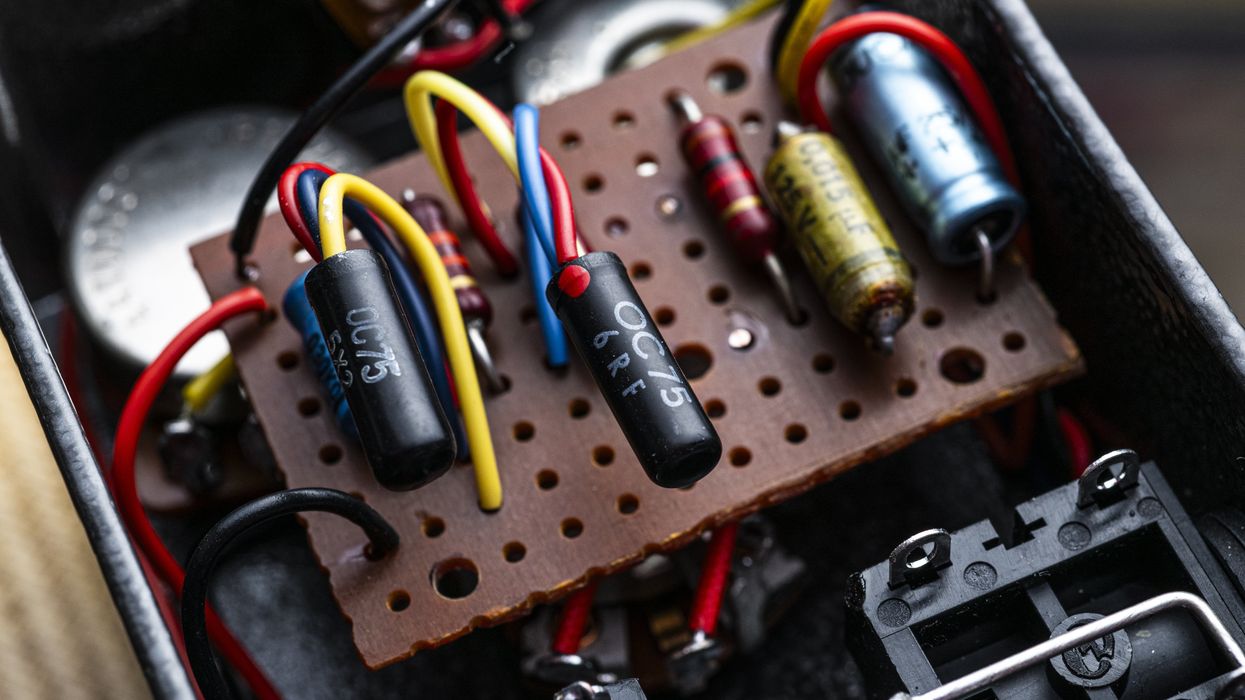I had a conversation with a dear friend and former bandmate recently, about how much using effects has inspired our musical directions and overall journeys as players. We smiled wide as we reminisced about what an epiphany it was for us, as new guitarists, to plug into a stompbox for the first time. For many, it's the initial experience of jamming with yourself. Fresh, exciting sounds are coming out. Inevitably, noodling ensues, which can often lead to bursts of creativity.
Something as simple as a 3-knob delay pedal can open up so many ideas. I'll never forget the first time I tried an Ibanez AD-9 Analog Delay. I instantly had a beat to play along to! It was like playing to a metronome of my own expression. I learned about syncopation using this effect, while playing in and out of the beat and stumbling upon grooves. I found that, even when I wasn't using delay, it had affected the way I played from then on. It also taught me when not to play. And little riffs would just pour out of me in those early moments, plugged into this box of possibilities. I was playing things I didn't think I knew how to play at that early stage in my life as a musician.
Playing through that delay was the first time that I felt I could come up with my own ideas and, eventually, my own songs. It was invigorating and helped to start me on my own creative path. I quickly realized that I needed to get some more pedals. I bought a Boss OD-1 overdrive, a Dunlop wah, and an MXR Phase 90, which led to more creation, inspiration, and learning opportunities.
I think of effects as part of the instrument itself now and can't imagine making music without them.
I came of age in the late '80s/early '90s, at a time when a lot of guitarists had MIDI multiple-effects rigs. They were popular, and companies like DigiTech and Roland were coming out with state-of-the-art units. Me and my bandmates were totally in love with using effects. We saved up for our first unit, a DigiTech GSP-5. Then we bought a Roland GP-16, eventually graduating to the more expensive Lexicon stuff. We went far down that rabbit hole for several years. It was so much fun! Programming sounds was time-consuming, annoying, and not-so-user-friendly, but the ability to manipulate effects in such a deep way was profound. Many song ideas were born out the sounds coming from those units.
We came to realize that we had perhaps gone off the deep end, and that these pre-programmed effects were beginning to limit us from improvisation and jamming on new ideas as a band. So, we stripped it back down again—back to those original, single-effect pedals that had inspired us in the first place. We found ourselves coming up with new variations on old ideas that had never previously fully materialized. What I love about effects is they can help you come full circle like that, over and over again.
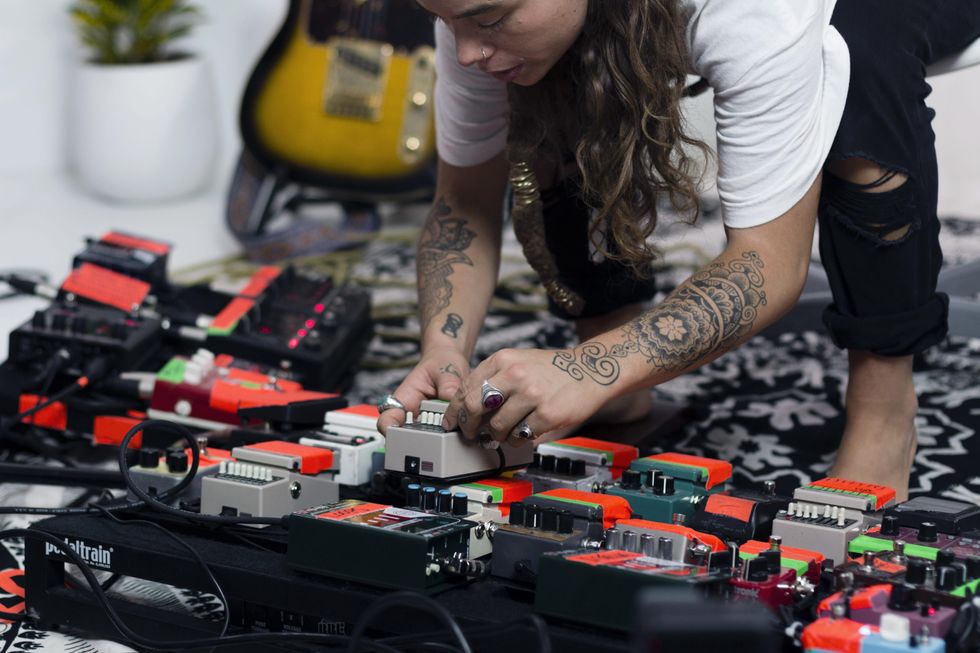
Tash Sultana experiments with her pedalboard setup.
Photo by Alexis Kaplan
Fast forward a bunch of years, and many pedals, later. I make my music as a solo artist. At this moment, I'm re-impressed with using lots of effects to help me conjure up what's in my head. Many of the ideas for the pedals I build are coming out of my musical imagination. They are sounds I want to hear that I know will invoke new ideas for me, and hopefully others as well. How many times have I been experimenting with a bunch of pedals and come up with that one sound that a whole song was born out of? Countless times. In fact, almost every time.
For me, each effect I familiarize myself with takes me deeper into my instrument(s). I think of effects as part of the instrument itself now and can't imagine making music without them. I'm sure many of you can relate. Many of the artists who inspire me lately use the pedalboard as their instrument. Playing pedals has become its own art form, filled with imagination.
Whenever I get a bad case of writer's block, I reach for that old Ibanez AD-9 Analog Delay. Just that one. You know what? It gets me back on the horse, every time. Even if it gives me that one little cool sound, my creative juices are flowing again. And I'll bet you have a pedal that does the same for you!
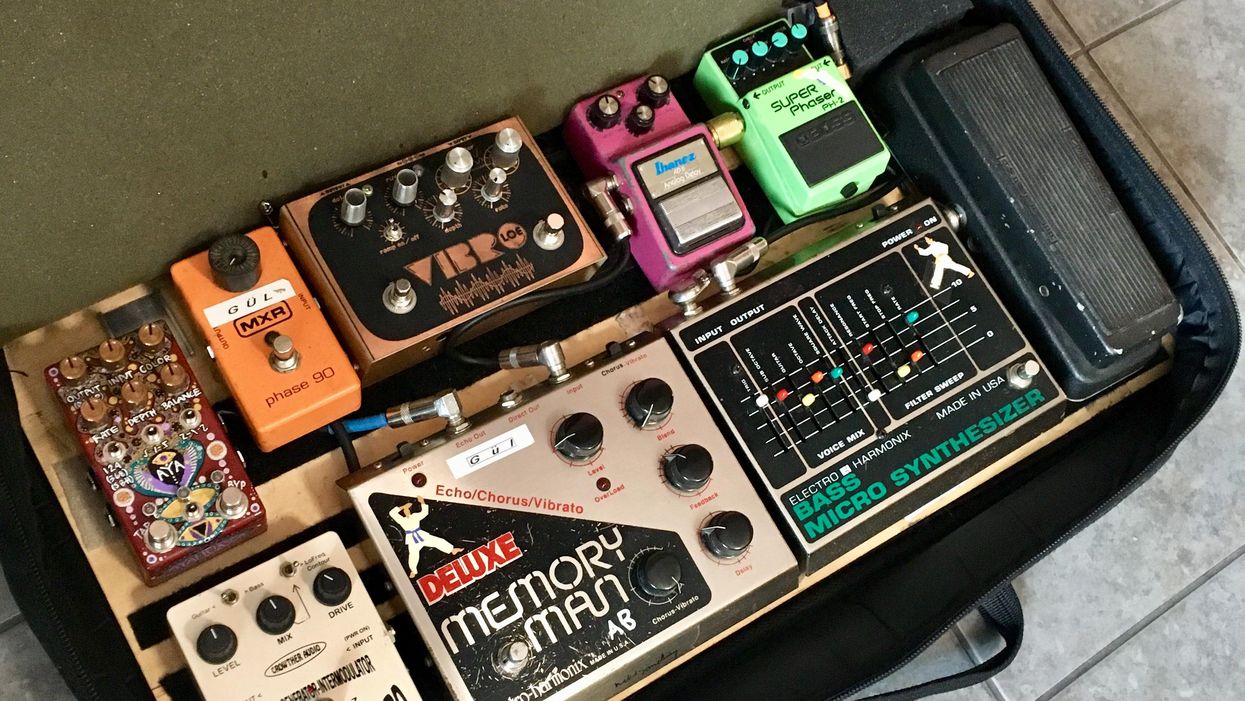

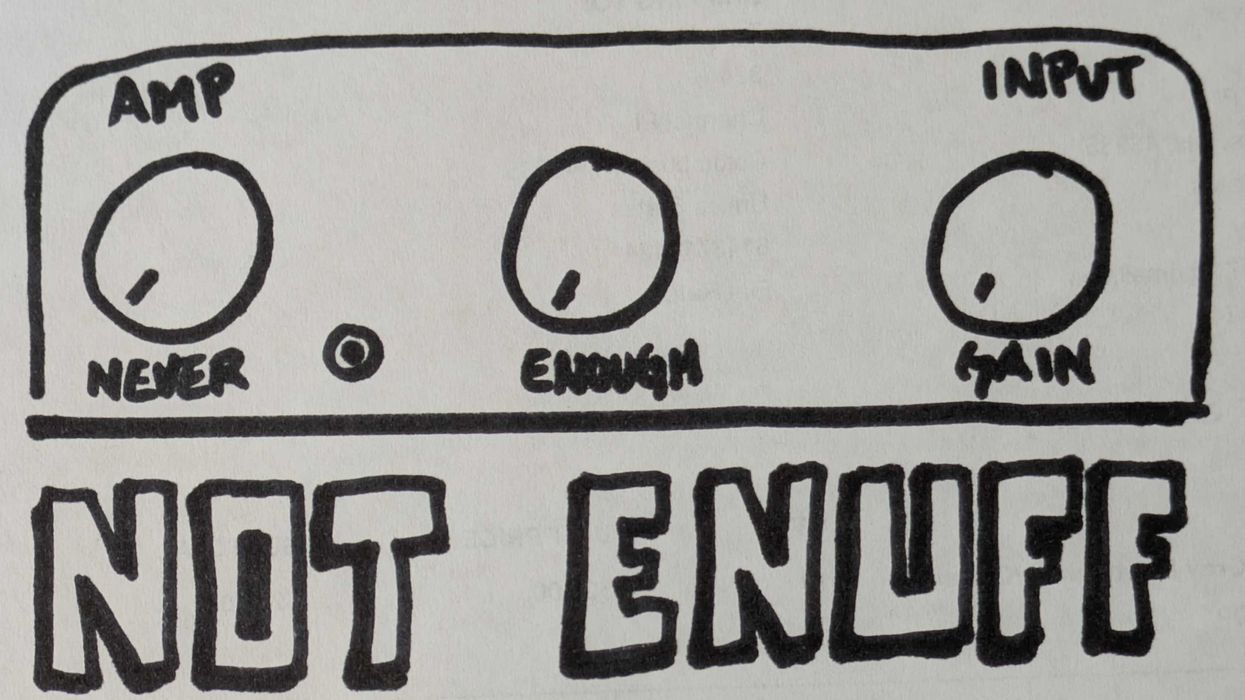
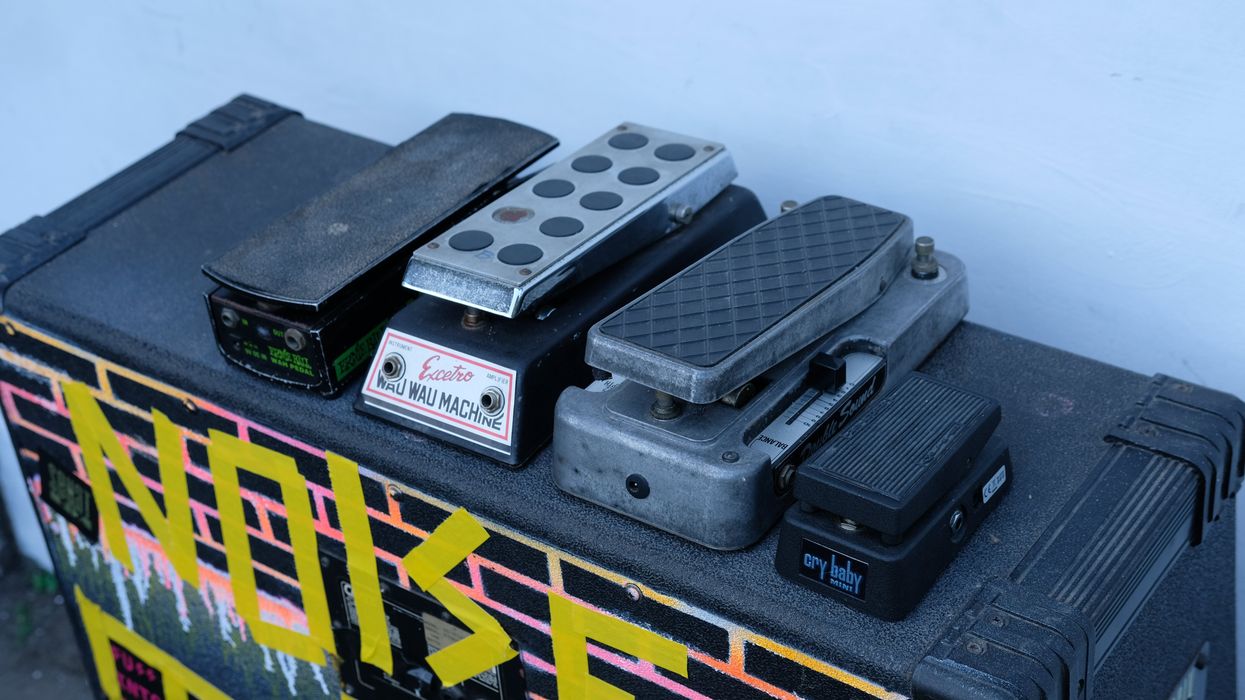
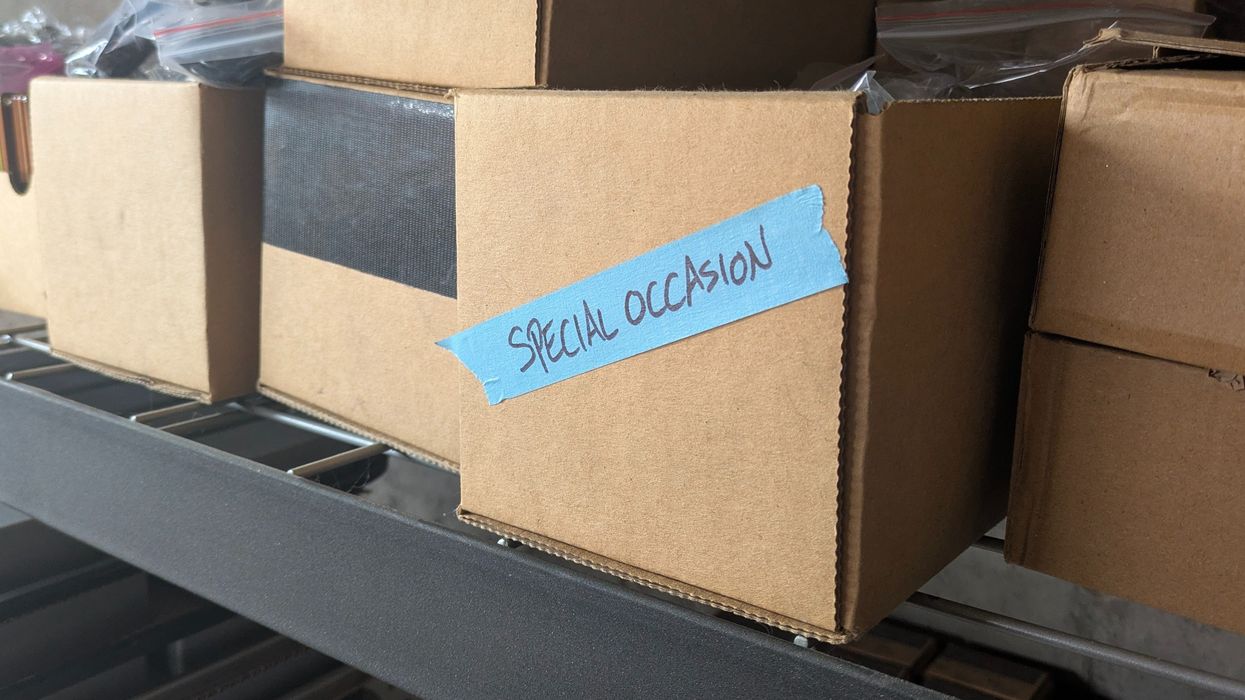
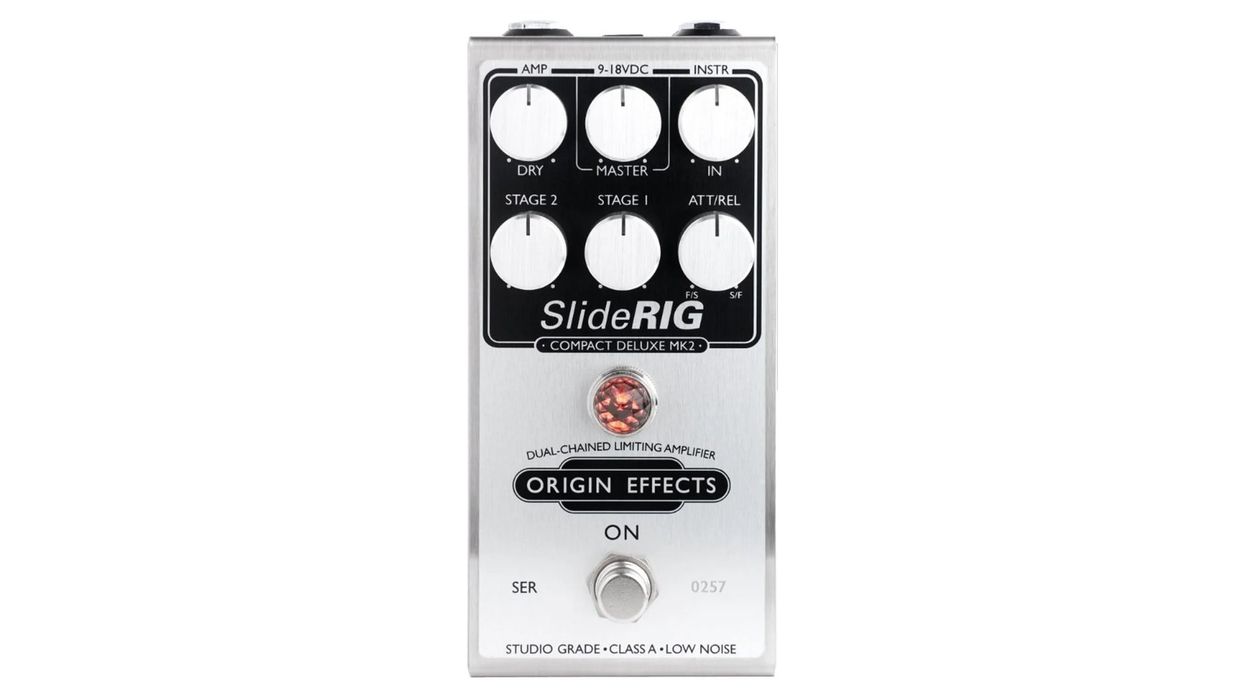




![Rig Rundown: AFI [2025]](https://www.premierguitar.com/media-library/youtube.jpg?id=62064741&width=1245&height=700&quality=70&coordinates=0%2C0%2C0%2C0)

